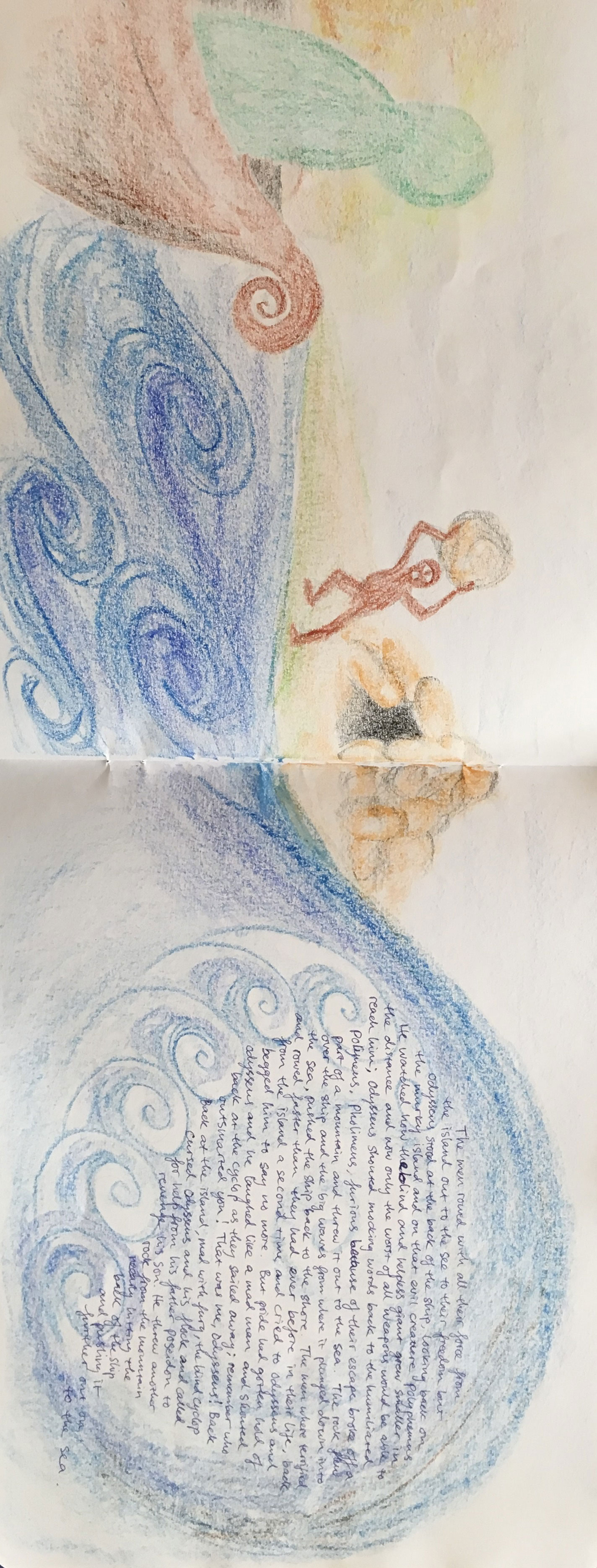Courses
Teacher Education and Development Seminar

Our teacher education course aims to provide a foundation in the fundamentals of Waldorf Education that are essential for anyone who wishes to teach in a Waldorf school.
Three strands
The course is structured around ..
- Artistic practice - In order to teach through art, and to understand what this means, every teacher has to become an artist, regardless of what subjects they may teach. Artistic practice, however imperfect, will, of itself, develop the qualities that are essential for a Waldorf teacher, and a large part of the course is devoted to the arts including: eurythmy; music, in the form of singing and recorder playing; speech, in recitation, story-telling and drama; clay modelling; painting; drawing; handwork and other crafts.
- Child Development - In-depth study of human development from the perspective of Anthroposophy, and of how different aspects of the curriculum relate to the child’s consciousness at each stage. This is done through study of Steiner’s education lectures, to deepen understanding of Anthroposophy as the basis of Waldorf education, and by working with examples of curriculum content and ways of teaching at different ages.
- Child Observation - Developing the ability to observe children, and to relate what is observed to a growing understanding of child development. This is done through exercises which develop a greater awareness of sense perceptions, and an ability to look more closely and to understand what is observed.
These three strands continue throughout the course with a change of emphasis from the first to the second year so that the students gain a good balance of theory and practical knowledge along with their continuing personal development. In the first year, students develop their teaching skills through:
- classroom practice so that the students get used to presenting work and speaking.
- artistic development.
- study of some of Steiner’s education texts.
These things continue in the second year while students also work more intensively with putting the theory of Child Development into practice in preparation for school placements and embarking on life as a teacher. This is done through:
- Rhythmic work for the classroom
- Preparation and presentation of lesson topics and activities for different ages
- Classroom observation and teaching practice
Teaching Observation and Practice
Observation in Waldorf classrooms and teaching practice are an essential part of the process of developing as a teacher. Observation can begin during the first year of the course, so that students have the opportunity to see how the principles they are learning are put into practice by different teachers.
Teaching practice is essential for anyone who wishes to become a Waldorf teacher and is normally undertaken in blocks of three or four weeks from the second year of the course onwards.
It is our responsibility to ensure that students are properly prepared for teaching and so we make specific recommendations to individuals with regard to the kind and amount of observation and teaching practice they should do.
Running alongside the teacher education and development course, and integrated into it, is a specialised training in Bothmer Movement.
There is also the opportunity for students to specialise in certain aspects of teaching, beginning in the second year.
The London Waldorf Seminar has been offering Waldorf teacher education since 1989. Hundreds of our students have worked and are working in Waldorf schools across the world. However, the seminar is not accredited by any external institution and does not provide Qualified Teacher Status.
Apply for Teacher Education and Development Seminar course
Application form (Word)
Application form (PDF)
Bothmer Movement Training
Bothmer Movement was developed by Fritz von Bothmer in collaboration with Rudolf Steiner when Bothmer became the PE teacher at the first Waldorf School in the 1920s. It consists of a sequence of exercises that trace, enhance and strengthen the developing bodily and spatial consciousness of the growing child through the various stages of development. Bothmer created these exercises out of a profound understanding of the way the forces of space pass around and through the human being. He wanted to create a physical education system that embodies the future potential of humanity.
His work has since been developed further, and is used in education and therapy with children and adults, and also as a personal practice enhancing health and wellbeing.
Bothmer Movement International has been running professional trainings and self-development programmes internationally for over 40 years. Participants on our courses tell us that they feel more relaxed and connected with their bodies, develop better relationships with loved ones and lead more joyful lives.
Curriculum
The course is largely practical and we will spend much of the time moving and playing. You will learn a series of Bothmer exercises and accompanying ‘conditioning exercises’ that help us enhance our quality of movement. You will be able to incorporate many of the conditioning exercises into daily life so you can start to become more conscious of your own movements and build better habits.
Every weekend we will teach you a selection of games and movement activities that you can immediately apply in a class setting. Not only will you learn what they are but we will also show you how to bring them to children and why we would want to. If you’re a teacher, in between each weekend you’ll get to try out the games and report back. We’ll talk about what to do if a game’s not working and how to get it running smoothly.
The aims of the course include: supporting your own personal growth through the medium of movement; growing your awareness and appreciation of others through social interactions, games, movement activities, sports and play; developing your imagination and understanding the link between imagination and movement; learning and understanding games and movement activities, their purpose in the Steiner Waldorf curriculum and how to teach them.
Find out more
Download document (PDF)